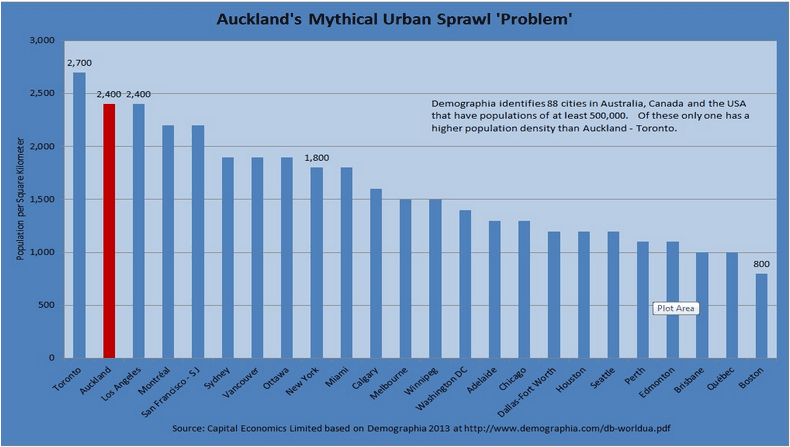
It’s election year in Victoria, and amid growing concerns about declining livability from surging population growth and declining infrastructure, the Victorian Government is out spruiking its new urban planning blueprint, which somehow seeks to deliver “20 minute neighbourhoods” – where facilities and jobs are only 20 minutes from home – by fixing the city’s “urban growth boundary” (UGB), limiting infill in existing suburbs, all while Melbourne’s population explodes from 4.3 million currently to nearly 8 million by 2051!. From The Guardian:
People should be able to reach services and facilities within a 20-minute time limit, the Plan Melbourne blueprint foresees.
The plan guides growth to 2050, when the city’s population is forecast to hit 7.7m, adding 3.4m to the current figure…
But the blueprint says suburbs would be protected, with development to occur in defined areas near services and transport…
In future, Melbourne will have a permanent urban boundary and be a more contained metropolis, allowing more development in established areas.
Napthine said the state was growing at a rate of 2% a year, compared with the national average of 1.8%, and future growth could be achieved while protecting the quality of life in Melbourne.
While precise details are sketchy at this stage, any move to tighten Melbourne’s UGB amid rapidly growing population is destined to fail. We have already seen how this experiment works in Auckland, New Zealand. There, a very tight urban growth boundary (the “Metropolitan Urban Limit” or MUL) has been in place for well over a decade, strangling urban land supply. Auckland now has one of the densest populations in the Anglosphere (see next chart), some of the most expensive housing in the OECD, and severe congestion problems.

Put simply, despite its relatively small population (circa 1.5 million), the hope of “20 minute neighbourhoods” in Auckland is nothing more than a pipe dream due to crippling congestion brought about (in part) by jamming too many people into too tight an area. That the Victorian Government believes that Melbourne – a city almost three times the population of Auckland – can achieve such a goal via forced urban consolidation is testament to extreme delusion. It makes even less sense when large swathes of existing suburbs are effectively banned from meaningful intensification.
Should the Victorian Government succeed in tightening Melbourne’s urban growth boundary, the result is likely to be skyrocketing urban land values, deteriorating housing affordability (despite shrinking home sizes), and worsening levels of congestion. Those lucky enough to be pre-existing land holders will benefit from the rising wealth brought about from higher values, whereas those yet to enter the market (and future generations) will suffer. The overall Melbourne economy would likely also lose competitiveness as escalating land costs feed into the costs of production.
Expecting to achieve a more liveable city by restricting the urban footprint and banning infill in many existing suburbs, at the same time as Melbourne’s population surges towards 8 million is a contradiction in terms and is mutually exclusive. The plan is nothing more than an outright land ponzi scheme.

